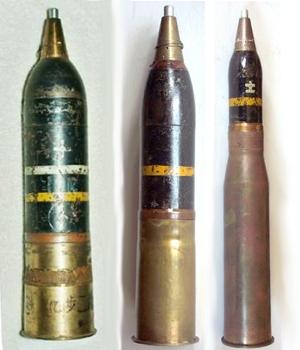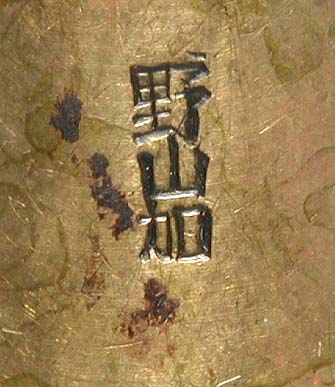|
This fuze was used on antitank, tank, field artillery and howitzer ammunition.
81mm mortar rounds (i.e. Type 100) often appear with this fuze attached.
While the term "Gun and Howitzer-Mortar" is used to describe this fuze in U.S. identification manuals, it requires centrifugal force
(spin) to arm it, which a mortar does not provide. I think the term "Howitzer-Mortar" was not intended to imply a standard infantry mortar.
It isn't clear to me why so many 81mm mortar rounds show up with this fuze attached, as it seems an incorrect combination.
U.S. TM9-1985-5 indicates this fuze was made in two types, with differences in the strength of the internal latch spring safety
inside, but outwardly identical. A strong spring version for gun use and a weaker spring (less set-back force required) for howitzer use. It would
seem, if this were true, there would be markings on the fuze to identify the types.
Maybe this info was printed on the can label? |







